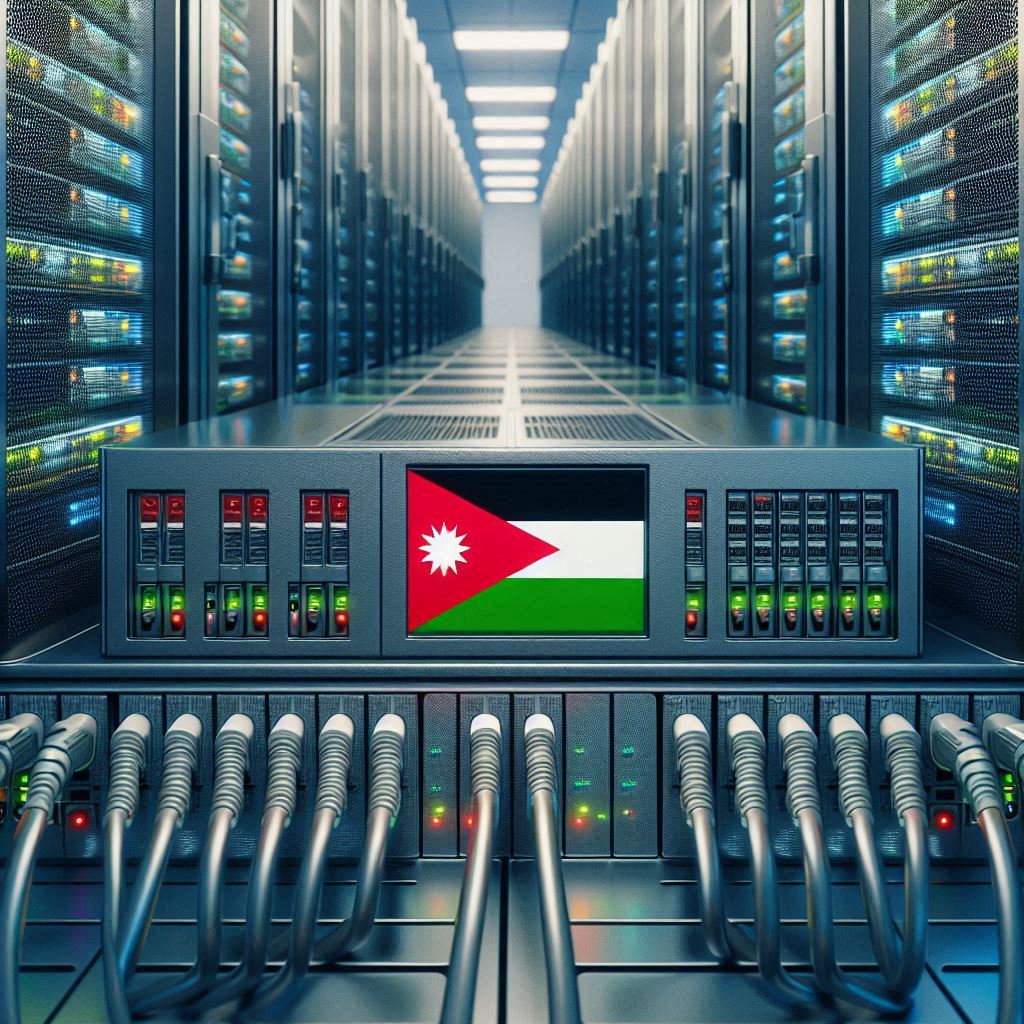In the essay 1.7 Billion Good Reasons for DeFi, CEO of bitcoin.com, Danish Chaudhry, believes that large unbanked populations across the globe make for a fertile ground for blockchain and DeFi adoption.
Chaudhry’s opinion is far too familiar within the blockchain sphere, as many prophesize a great role for developing countries to play in the crypto explosion. A recent study by the University of North Carolina lays out this point of view clearly:
“It can be argued that in many ways, blockchain has a much higher value proposition for the developing world than for the developed world. Because blockchain has the potential to make up for a lack of effective formal institutions — rules, laws, regulations, and their enforcement.”
This is particularly true for the Middle East and North Africa, a region that homes what might be the world’s highest concentrated population of unbanked citizens (85% of all transactions are still cash based).
Even banked residents in MENA are seeking alternatives. The banking sector in the region is prune to state interferences, and people fear their assets might be seized or frozen as a political leverage.
These problems extend to Central Banks, as many local currencies devalued greatly through the past decade due to hyperinflation, most prominently in Syria, Lebanon and Egypt, slashing the life savings’ value of over a hundred million residents in these three countries alone.
Many Arab countries have closed economies that restricts international payments; which adds to the lack of access to e-payment services like PayPal and Revolut.
Access to financial services and markets is far more restricted and exclusive.

On the other hand, technological barriers have never been lower. The number of unique mobile subscribers in MENA surpassed 400 million recently, and is projected to hit 458 million in 2025.
In 2018, two thirds of MENA residents subscribed to a mobile service. This came with a sharp rise in internet accessibility and smart devices literacy in the region.
Cultural contexts seem ripe as well, with memes, gaming and streaming cultures gaining as much popularity amongst Arab youth as in anywhere else in the world, noting that MENA is a particularly youthful region. People aged 15–29 make 28% of the Middle East’s population, the largest young demographic in the region’s history.
Meanwhile, unemployment rates amongst MENA’s youth is hitting a concerning 51% high, giving the region twice the reason to engage with the wide-ranging potential of blockchain technology.

These conditions led to promising, if limited, adoption of blockchain technology and cryptocurrencies across MENA in recent years.
In grey-legal-area Lebanon, OTC traders reported market movement peaking at $10M a week. While CoinDesk covered a surge in Bitcoin buyers from Egypt right after the state declaring new prohibitive laws.
Centralized exchanges (CEXs) like Coinbase are legal in Tunisia, where the Central Bank is racing to become an early issuer of CBDCs, as well as in Saudi Arabia, UAE, Kuwait, Bahrain and Oman. There are three Arab CEXs, CoinMENA, Rain and BitOasis; with the first two registered in the Central Bank of Bahrain, and the third registered to the UAE’s Financial Intelligence Unit. Binance Arabic, a Telegram channel that might be the largest online Arab crypto hub, is approaching 24K users. Its members have exchanged a thousand GIFs and over 10 thousands links.
There is a shy Arab Crypto Twitter scene, largely based around traders from GCC region. At least one major crypto news website (CoinTelegraph) publishes an Arabic version, alongside a dozen emerging local blogs, education initiatives, YouTube channels and news websites.
Many CEXs and coin listing websites now have Arabic interfaces for their websites and/or apps, as well as Arabic Twitter feeds.

Contrasting this weak adoption are two cases, Dubai on one hand, and Lebanon on the other.
Dubai has been the focal point of both UAE’s and KSA’s efforts to implement blockchain technology in their longer term plans on governmental level. Almost simultaneously as Dubai was declared a tax haven for blockchain ventures, Binance announced establishing their head quarter over there, cementing the already robust role that Dubai has been playing in the global blockchain scene.
On the other extreme lays Lebanon, the crisis-stricken MENA country that has been going through of modern history’s worst financial meltdowns. According to The 2021 Geography of Cryptocurrencies Report by Chainalysis, Lebanon came second in terms of Value Received in the Middle East, only second to Turkey.
While it was not expected for Lebanon to beat UAE and Israel, it was further surprising for DeFi platforms to account for most of Lebanon’s Value Received amount, while most of locals tend to use CEXs like Binance for most of their transactions. This is most likely due to Hezbullah, the Syrian and the Irani regimes using cryptocurrencies to circumvent international sanctions.





